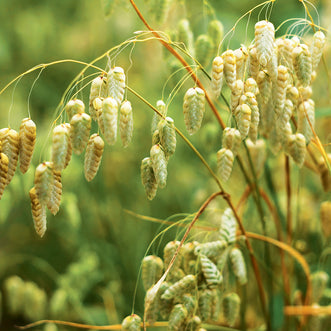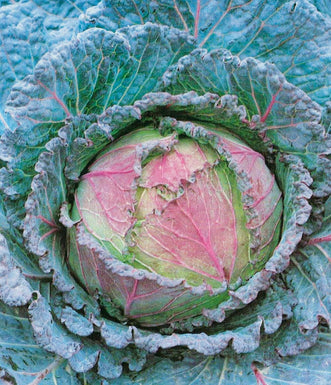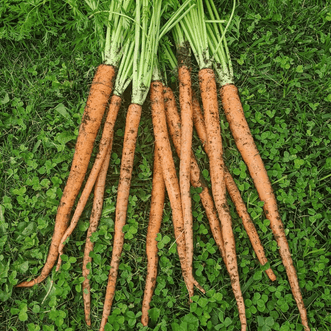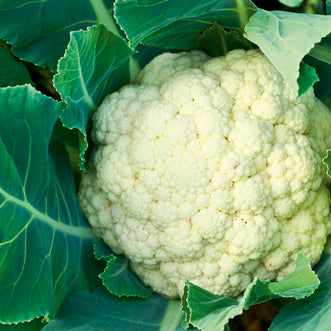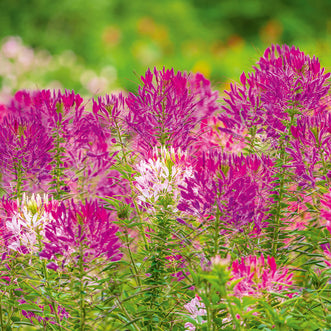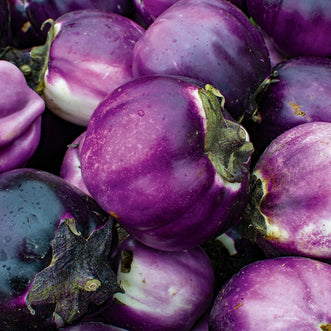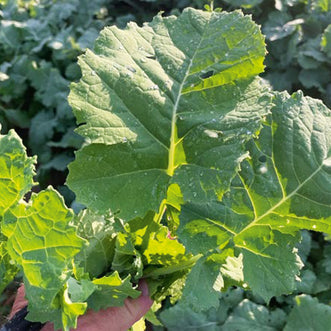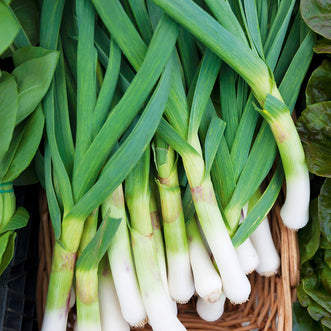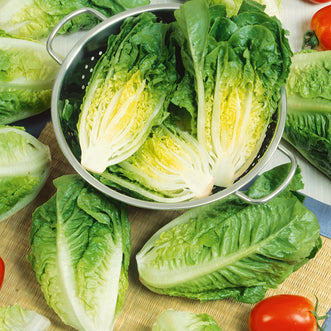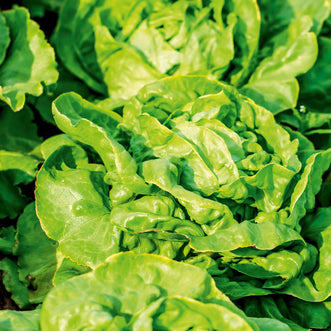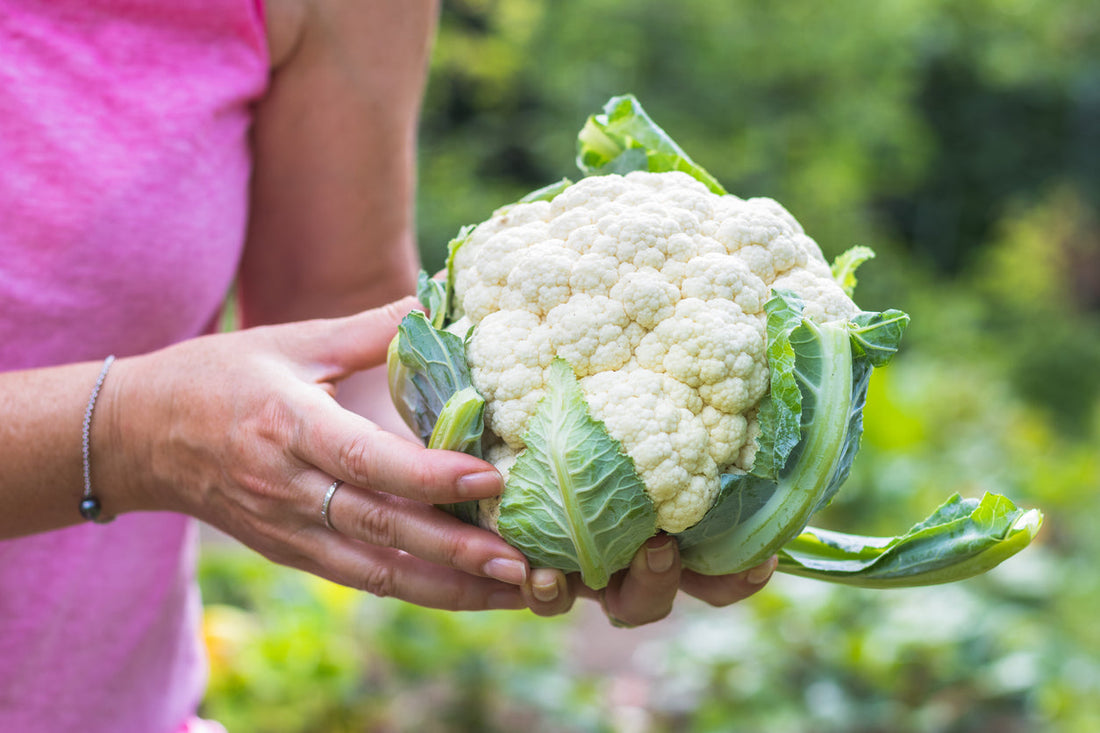
How to Grow Cauliflower: Your Complete Guide
Candy RoseCauliflower, with its crisp, white florets and versatility in the kitchen, is a wonderful addition to any vegetable garden. In this detailed guide we explore how to grow this nutrient-packed vegetable, you’ll discover tips for sowing, planting, caring and harvesting it successfully. With the right techniques and careful attention, you can enjoy fresh, homegrown cauliflower. Let’s dig into the healthy world of cauliflower cultivation.
Understanding Cauliflower
Cauliflower is a member of the Brassica family, which includes broccoli, cabbage and kale. It’s known for its distinctive white heads, but you can also find varieties in green, purple, and orange! Before starting your journey of planting cauliflower, it's essential to know that this cool-season crop prefers growing in temperatures between 15°C to 20°C
Choosing the Right Variety
Different cauliflower varieties can provide varying flavours, uses and benefits, so let’s explore some of the choices you have:
1. White Cauliflower: This is the most commonly grown type of cauliflower, best known for its creamy-white heads. Popular varieties include ‘Snowball’ and ‘Giant of Naples.’
2. Purple Cauliflower: With its bight vibrant colour, it not only adds beauty to your garden and dishes but is also rich in healthy anthocyanins. ‘Violet Sicilian’ is a well-known variety.
3. Green Cauliflower: Often referred to as broccoflower, this variety has a sweeter flavour and is usually a hybrid between broccoli and cauliflower. Try 'Green Macerata' or 'Romanesco' for interesting green varieties.
Sowing and Planting Techniques
When to Plant Cauliflower in New Zealand:
If your wondering "when can I plant cauliflower in New Zealand", simple you can plant cauliflower in both spring and late summer for autumn harvests. For the spring crop, sow seeds indoors in late winter (July to August) and transplant them outside in early spring (September to October). If you want autumn cauliflower harvests, sow seeds directly in the garden or indoors in January and transplant them by February/early March.
Sowing Seeds:
1. Begin by filling seed trays or pots with a quality seed-raising mix.
2. Sow seeds about 6mm deep and cover lightly with soil.
3. Keep the trays moist (but not soggy) and place them in a warm environment for germination.
4. Do not let the soil dry out whilst germinating.
Transplanting:
From starting seeds in trays indoors, wait until seedlings are 4-6 weeks old and have developed true leaves (see our video on true leaves here) before transplanting. Hardening off is crucial—this means gradually exposing your young plants to outdoor conditions over a couple of weeks.
Planting Out:
1. Prepare the garden bed by adding soil enhancer, compost or aged manure to your soil and ensuring it is well-drained.
2. Space your cauliflower plants 45-60 cm apart. This allows enough room for their large heads to develop.
3. Mulch for weed suppression and temperature regulation, wool mulch can double up as pest control for slugs and snails who will find your new seedlings very appealing.
4. Cover with insect netting to keep out white butterfly and their caterpillars.
Caring for Cauliflower
Watering: Cauliflower requires consistent moisture, especially during the first stages of growth. Water deeply once or twice a week, depending on rainfall, to keep the soil evenly moist. Avoid overwatering as it can lead to root rot.
Fertilising: A balanced organic fertiliser such as seaweed and herb soil concentrate, can be applied every 4-6 weeks during the growing season. This helps support the plants as they grow and develop their growing heads.
Mulching: Applying a layer of organic mulch around your plants helps retain soil moisture, suppress weeds and keep the soil temperature consistent, wool mulch can act as a pest control method also.
Common Cauliflower Growing Challenges
Growing cauliflower can come with a few challenges, including:
- Blanching: To encourage those pristine white heads, you can blanch your cauliflower by pegging the outer leaves up over the head when it's about the size of a tennis ball. This prevents sun exposure.
- Pests: Cauliflower is susceptible to pests like aphids, caterpillars and slugs. Regularly check your plants for any signs of infestation. Consider organic pest management strategies like companion planting, wool mulch or introducing beneficial insects.
- Bolting: Bolting in cauliflower happens when plants prematurely flower before producing a cauliflower head due to stress, often from temperature changes. To prevent bolting, maintain consistent moisture and provide shade during heat. Regular monitoring and early harvesting can also help ensure a better yield before the plant bolts.
Blanching Cauliflower Pictured.
Harvesting Cauliflower
Cauliflower growing times will differ during seasons. Your cauliflower should be ready to harvest when heads are firm and compact, and before any flowers begin to open. This typically occurs 12-16 weeks after planting (depending on the variety). Cut the head off the plant using sharp scissors or a knife, leaving some leaves to protect the plant. Some varieties will send out side shoots so leave some of the stalk in the ground for smaller harvests.
FAQ About Growing Cauliflower
1. How long does a cauliflower take to grow?
Cauliflower typically takes about 3-5 months (approximately 90-150 days) to reach maturity depending on variety from the time you sow seeds.
2. How many cauliflowers do you get out of one plant?
Each cauliflower plant produces one main head, although you can often harvest side shoots later for additional harvest. We also have a new variety of sprouting cauliflower called 'Fioretto' you could try as an alternative to heading cauliflower.
3. Do you cover cauliflower when growing?
Covering cauliflower with the leaves for blanching is common to stop them from discolouring from the elements. Also covering the growing plants with insect netting to stop pests if common practice.
Quick Step-by-Step to Grow Cauliflower
1. Choose Your Varieties: Pick from white, purple or green cauliflower based on what you prefer.
2. Sow Seeds:
- Start seeds indoors 4-6 weeks before the last frost or plant them directly in the garden.
- Plant the seeds 6mm deep in good rich soil.
3. Transplant Seedlings:
- When seedlings have true leaves and are 4-6 weeks old, move them outside if planted indoors, spacing them 45-60 cm apart.
- Gradually expose seedlings to outdoor conditions before planting and protect from white butterflies with insect netting.
4. Water Consistently:
- Keep the soil moist. Water deeply once or twice a week.
5. Fertilise:
- Use a balanced organic fertiliser every 4-6 weeks to help them grow.
6. Blanch Heads (Optional):
- When the head is about the size of a tennis ball, peg leaves over it to keep it from discolouring.
7. Harvest:
- Pick the heads when they are firm and compact, usually 12-18 weeks after planting. Cut the head off while leaving some leaves for protection.
Enjoy growing cauliflower and eating homegrown goodness, check out our wide range to grow on our website today.










